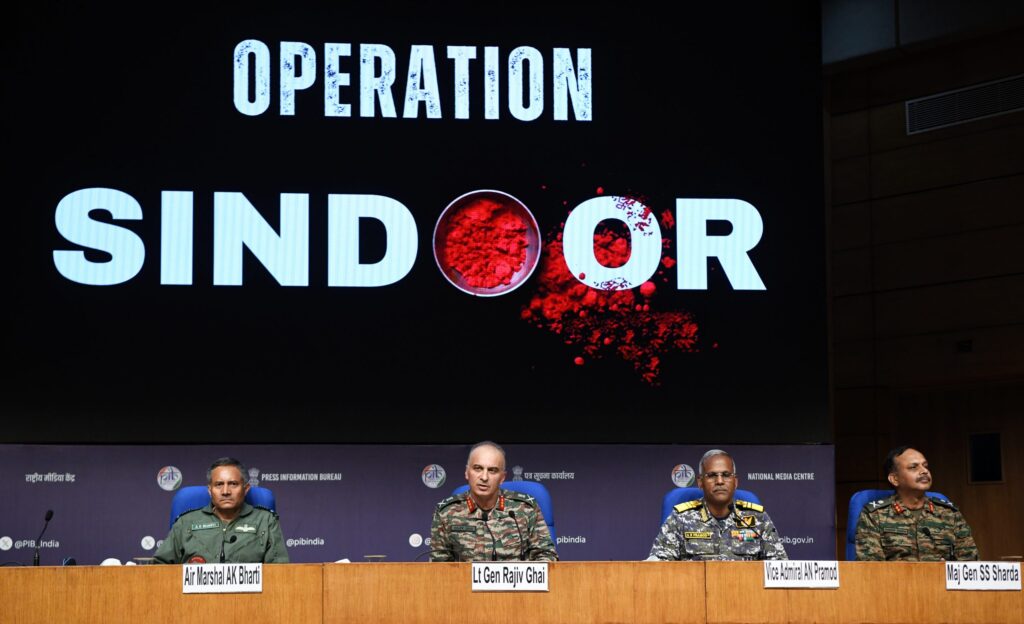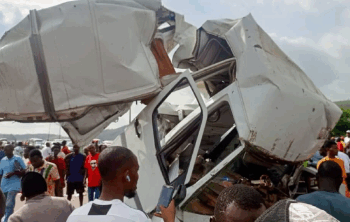The International Atomic Energy Agency (IAEA) has recently surged to the top of Google Trends in India, reflecting heightened public interest in the global nuclear watchdog amid escalating tensions between India and Pakistan. This spike in searches comes in the wake of recent military exchanges between the two nuclear-armed neighbors and significant statements made by Indian Defence Minister Rajnath Singh during his visit to Jammu and Kashmir.
The Current Context: Operation Sindoor and Military Exchanges
Defence Minister Rajnath Singh’s high-profile visit to Jammu and Kashmir marks his first trip to the region following “Operation Sindoor”—a series of precision strikes launched by India on May 7 targeting terrorist infrastructure across the border. This military operation triggered a sequence of retaliatory actions, with Pakistan attempting strikes on Indian military bases on May 8, 9, and 10, followed by India’s counter-response targeting eight Pakistani airbases with long-range missiles and other sophisticated weaponry.

The intensity of these military exchanges, involving two nuclear-armed nations, naturally raises concerns about nuclear protocols and safeguards—precisely where the IAEA’s role becomes critically relevant to the Indian public.
Nuclear Watchdog in Focus
The IAEA, as the world’s central intergovernmental forum for scientific and technical cooperation in the nuclear field, assumes heightened significance whenever tensions escalate between nuclear powers. The organization works to promote the safe, secure, and peaceful use of nuclear technologies while preventing their misuse for military purposes.
Indian citizens appear to be searching for information about the IAEA’s stance, potential interventions, or monitoring activities related to the recent cross-border operations. Questions about nuclear safety protocols, the IAEA’s inspection regimes in both countries, and the international community’s response to the situation are likely driving this search trend.
Economic Dimensions: IMF and Pakistan’s Financial Crisis
Interestingly, the trending searches for IAEA coincide with Defence Minister Singh’s pointed remarks about Pakistan’s economic condition. During his address, Singh highlighted Pakistan’s financial dependence on international institutions, particularly noting the recent $1.023 billion disbursement from the International Monetary Fund (IMF) to Pakistan under the Extended Fund Facility.
“What can I say about Pakistan,” Singh remarked. “After begging and begging, that country is in such a position that you can say that the line of beggars begins wherever Pakistan stands.”
The Minister further contrasted Pakistan’s position as an aid recipient with India’s status as a contributor to the IMF, emphasizing the divergent economic trajectories of the two nations. These economic aspects, while seemingly distinct from nuclear concerns, are interconnected in the public mind as factors affecting regional stability and national security postures.
Nuclear Security and Economic Stability: Connected Concerns
The correlation between searches for IAEA and news about Pakistan’s economic challenges reflects a sophisticated public understanding that nuclear security and economic stability are interlinked issues. A nation facing severe economic constraints might potentially face challenges in maintaining robust nuclear safety standards—a concern that would fall within the IAEA’s purview.
Moreover, international financial assistance to nuclear-armed states often comes with implicit or explicit expectations regarding responsible behavior in the international arena, including adherence to nuclear non-proliferation norms and cooperation with agencies like the IAEA.
Ceasefire Understanding and Diplomatic Channels
The news snippet mentions that the military exchanges culminated in a ceasefire understanding reached through talks between the Director Generals of Military Operations from both nations on May 10. This development suggests that diplomatic channels remain functional despite the escalation, which is crucial for maintaining nuclear risk reduction measures that often involve IAEA-supported protocols.
Regional Nuclear Dynamics and Global Implications
India’s strategic position in South Asia and its relationship with international organizations like the IAEA represent complex dimensions of its foreign policy. As a responsible nuclear power, India maintains a constructive relationship with the IAEA while navigating the challenges posed by its nuclear-armed neighbor.
The trending searches for IAEA reflect the Indian public’s awareness of these nuanced relationships and the potential role of international institutions in mitigating regional tensions. They also indicate a sophisticated understanding that military operations between nuclear powers have implications that extend beyond immediate tactical considerations to encompass global nuclear governance frameworks.
Looking Forward
As the situation continues to evolve, the IAEA’s relevance to Indian strategic interests—and consequently its prominence in search trends—is likely to persist. The organization represents a crucial component of the international architecture designed to prevent nuclear escalation, particularly in regions experiencing active military confrontations.
The Indian public’s interest in the IAEA demonstrates a commendable awareness of the multifaceted nature of modern security challenges, where military, economic, and nuclear dimensions intersect in complex ways that require multilateral approaches and institutions for effective management.
ALSO READ TOP STORIES FROM VERILY NEWS


















